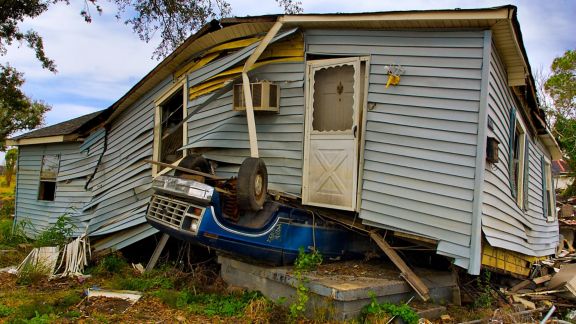Estimating Costs and Mortality of Hospital-Acquired Conditions

Impact of Hospital-Aquired Conditions on Patient Morbidity and Mortality
Despite advancements in infection control and injury prevention, hospital-acquired conditions (HACs) continue to contribute significantly to inpatient morbidity and mortality in the United States. Multiple federal initiatives in patient safety underscore the need to better understand the additional cost and excess mortality due to HACs. The Agency for Healthcare Quality and Research (AHQR) contracted with NORC to estimate the additional in-patient cost and mortality associated with HACs.
Research Methods
Over a six-month period, the NORC team conducted a comprehensive literature review including nearly 4,000 publications on the cost and consequences associated with 10 HACs. NORC identified the most rigorous research available and conducted meta-analysis using this research to estimate the additional cost and excess mortality associated with each of 10 HACs.
Results & Implications
NORC produced a report for AHRQ on our findings entitled “Estimating the Additional Hospital Inpatient Cost and Mortality Associated with Selected Hospital-Acquired Conditions.” The estimates from this work are being used to measure progress on patient safety initiatives for AHRQ and other agencies in the U.S. Department of Health and Human Services.








